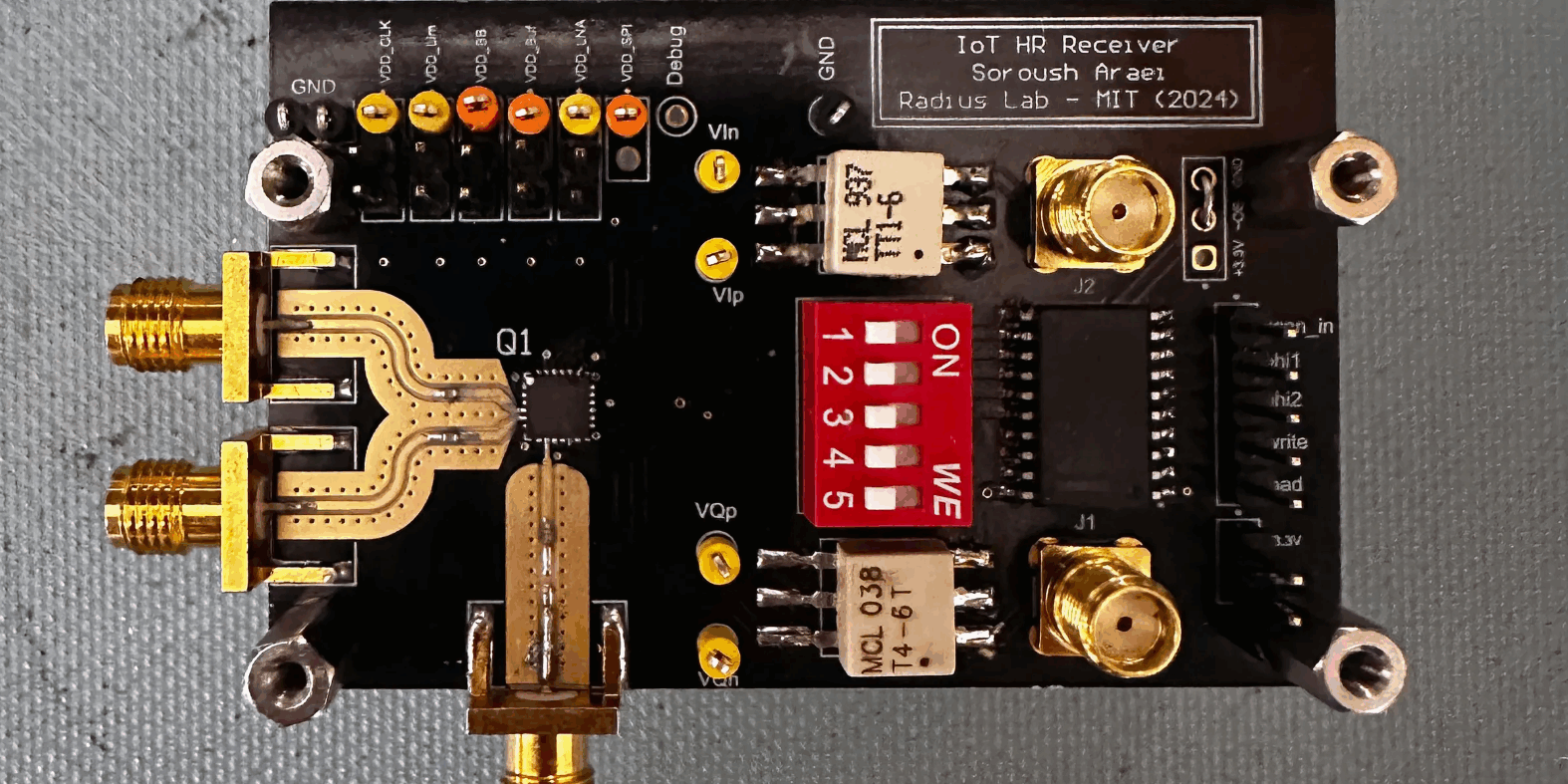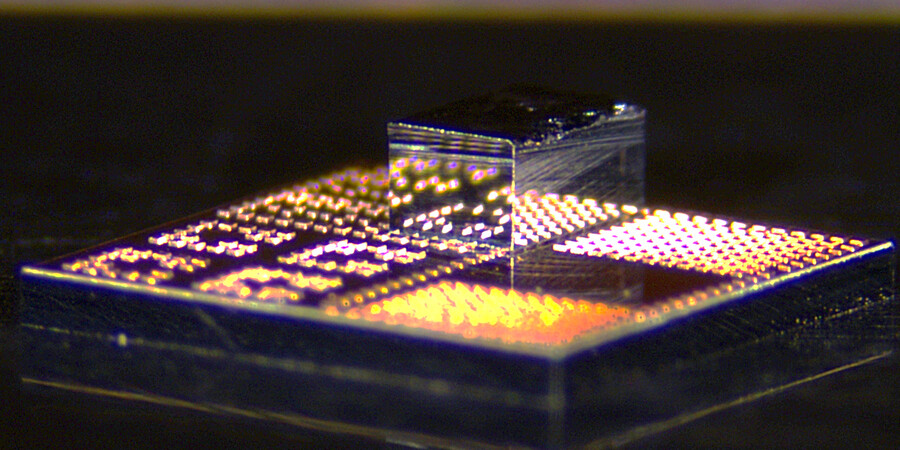November 4, 2024
Silicon transistors, which are used to amplify and switch signals, are a critical component in most electronic devices, from smartphones to automobiles. But silicon semiconductor technology is held back by a fundamental physical limit that prevents transistors from operating below a certain voltage.
This limit, known as “Boltzmann tyranny,” hinders the energy efficiency of computers and other electronics, especially with the rapid development of artificial intelligence technologies that demand faster computation.
In an effort to overcome this fundamental limit of silicon, MIT researchers fabricated a different type of three-dimensional transistor using a unique set of ultrathin semiconductor materials.
Their devices, featuring vertical nanowires only a few nanometers wide, can deliver performance comparable to state-of-the-art silicon transistors while operating efficiently at much lower voltages than conventional devices.
Complete article from MIT News.
Explore
New Transmitter could Make Wireless Devices more Energy-Efficient
Adam Zewe | MIT News
The flexible chip could boost the performance of current electronics and meet the more stringent efficiency requirements of future 6G technologies.
The Internet of Things Gets a 5G Update
Margo Anderson | IEEE Spectrum
MIT’s clever chip design provides efficient frequency hopping
New 3D Chips could Make Electronics Faster and more Energy-Efficient
Adam Zewe | MIT News
The low-cost, scalable technology can seamlessly integrate high-speed gallium nitride transistors onto a standard silicon chip.




